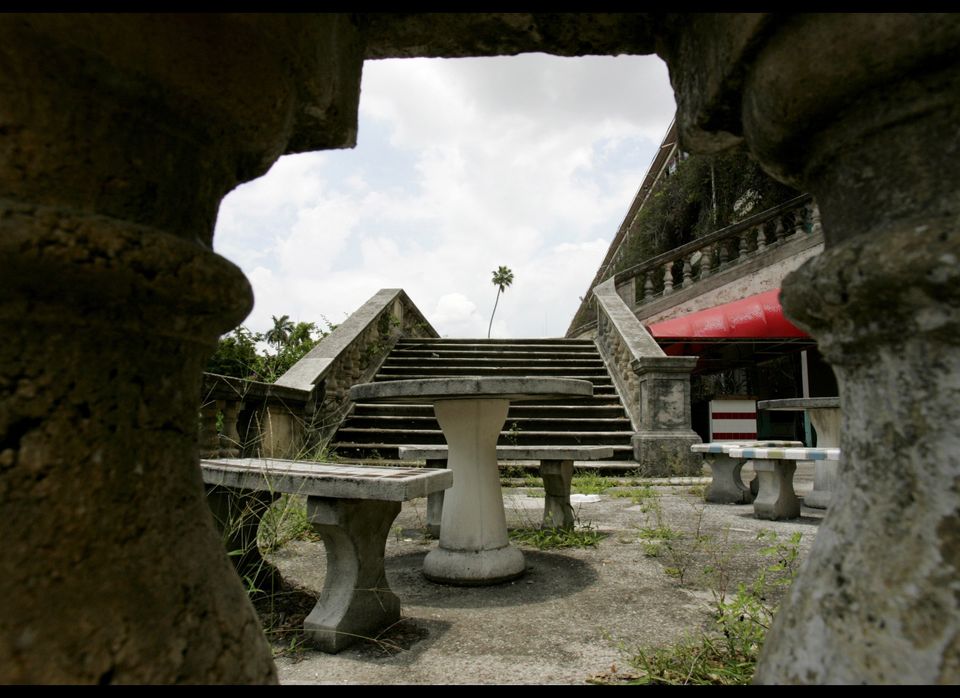Many qualities separate the best-run and worst-run cities. But perhaps the most important is access to jobs. The economies of the best-run cities fall into two categories. They either have a booming industry or are near other major urban areas that create employment opportunities. The worst-run cities simply do not have the same access to jobs. 24/7 Wall St.'s analysis of the best-run and worst-run cities demonstrates that encouraging businesses to prosper and create jobs is the most important function of local government.
24/7 Wall St. has completed its first annual ranking of the best-run and worst-run cities in America. We reviewed the local economies, fiscal discipline and standard of living of the 100 largest cities by population to determine how well each is managed. Based on these data, 24/7 Wall St. ranked the 100 cities from the best to worst run. The best-run city is Virginia Beach, Va. The worst-run city is Miami, Fla.
Four of the 10 best-run cities are the economic centers of their regions. Madison, Wis., is one of the best-run cities on our list, and its businesses employ the most people in the area. Six of the best-run cities serve as residential communities for larger metropolitan areas that are the economic centers. Scottsdale, Ariz., is a large city in its own right, but is often referred to as a suburb of Phoenix.
Frequently, these so-called "edge cities" have also developed their own vibrant economies. Plano, Tex., is part of the Dallas-Fort Worth metropolitan area. However, the city has a booming tech community and large offices of major corporations such as HP and Dell.
Nine out of the 10 worst-run cities on this list rely on older industries that are shrinking. Hialeah, Fla., was an important textile hub in the 1960s through the 1980s. Cleveland, Ohio, was one of the nation's leaders in steel production. Detroit, Mich., of course, manufactured cars. Since their booms, all of these cities have shed tens of thousands of jobs.
Many of the worst-run cities have been in bad shape for years. While residents who were able to moved away, those without resources remained. As a result, the cities' expenses remained high while their tax bases shrunk. The populations of four of the worst-run cities decreased between 2000 and 2010. Detroit lost just under 240,000 residents. On the other hand, the populations of all the best-run cities increased.
While there is a strong relationship between high median income and high ranking, there is an even stronger relationship to poverty. While a majority of the best-run cities have more households making over $200,000 per year than the national average, none of the top 10 cities have high poverty rates. For example, Lincoln, Neb., has only the 33rd highest median income among the largest cities, but the 11th lowest percentage of households making less than $10,000 per year.
For the most part, the best-run cities manage their debt and resources well. The worst-run cities do not. Moody's provided credit ratings and analysis for 16 of the 20 cities on our list. The two cities that are the best-run and that do not have credit ratings, Fremont and Irvine, Calif., told 24/7 Wall St. they did not have a need to finance government projects through debt. Their wealthy and large tax base would suggest that is true. Hialeah, Fla., one of the worst-run cities according to our ranking, told 24/7 Wall St. that it did not issue city debt because it had other debt instruments to raise money for government projects. San Bernadino, Calif., the other worst-run city without a credit rating, did not return 24/7 Wall St.'s calls.
These are the worst run cities in America, according to 24/7 Wall St.:
